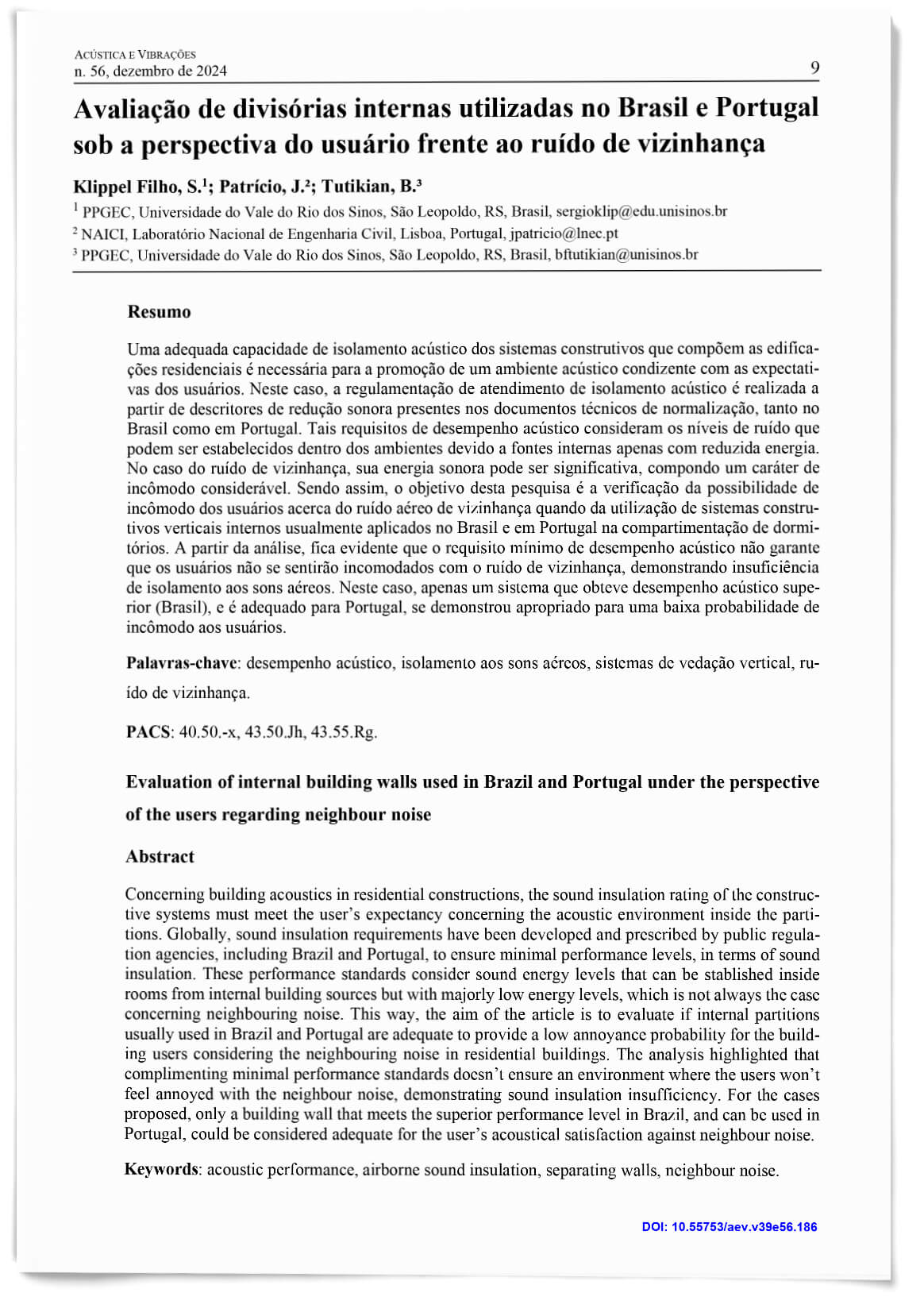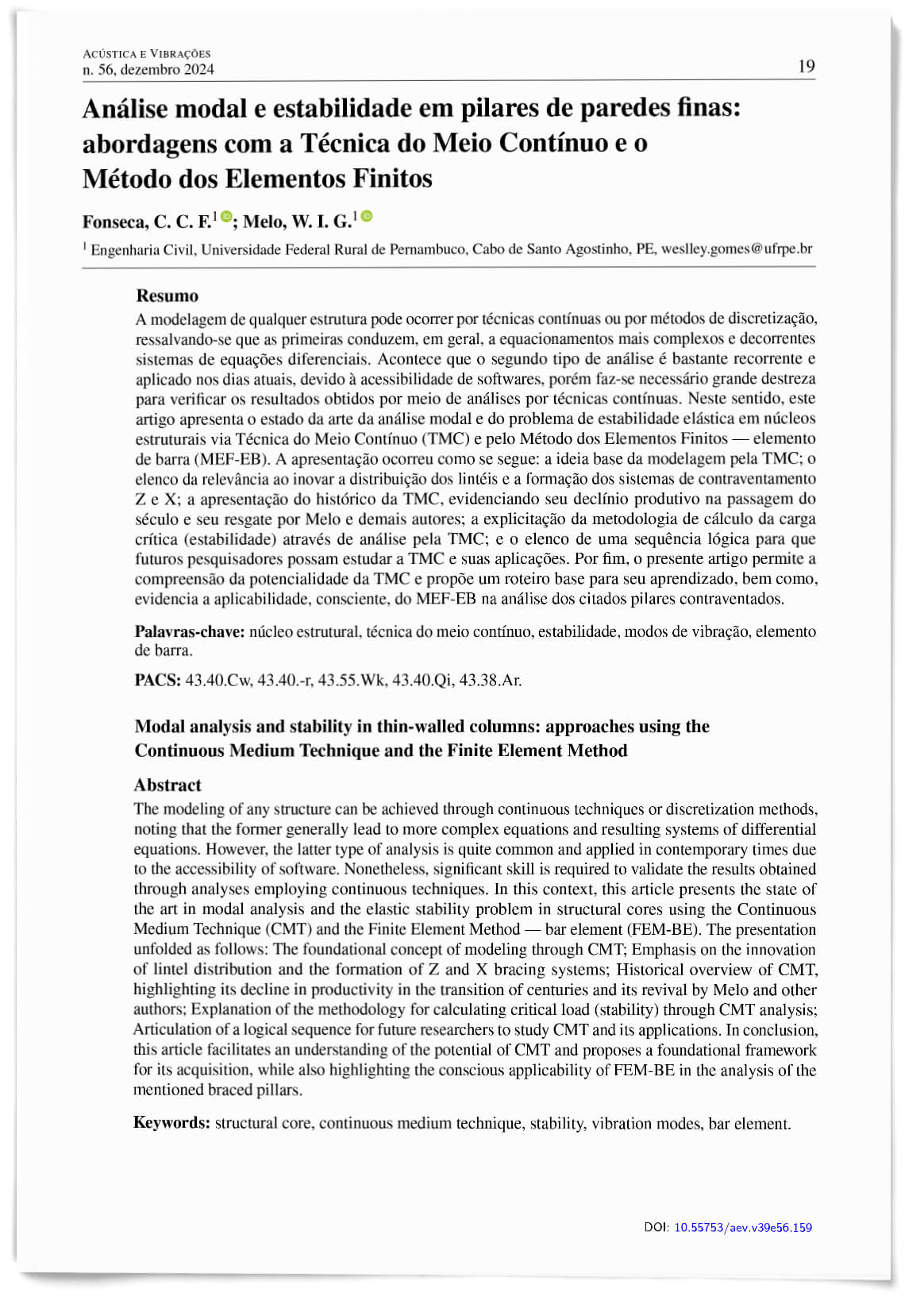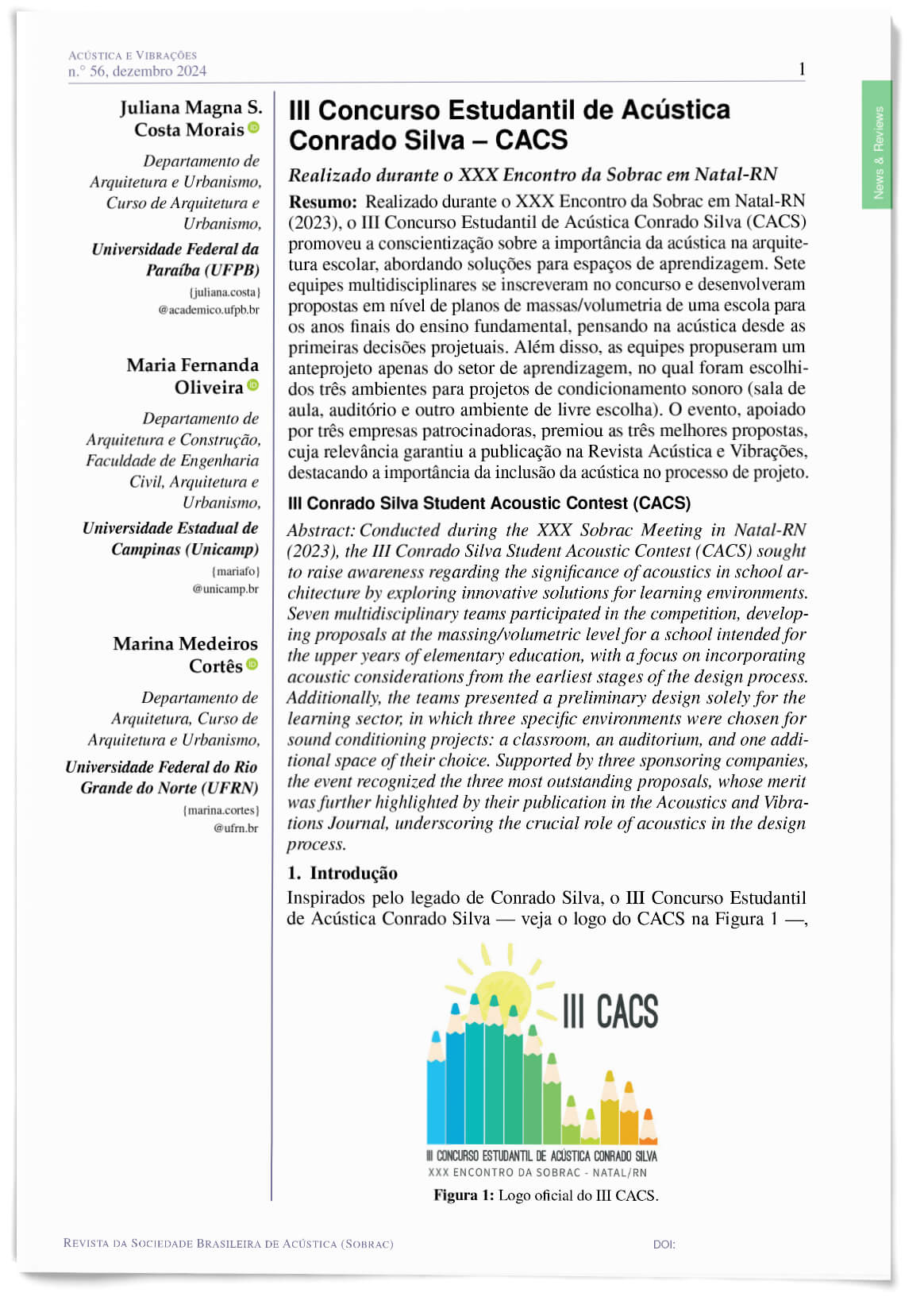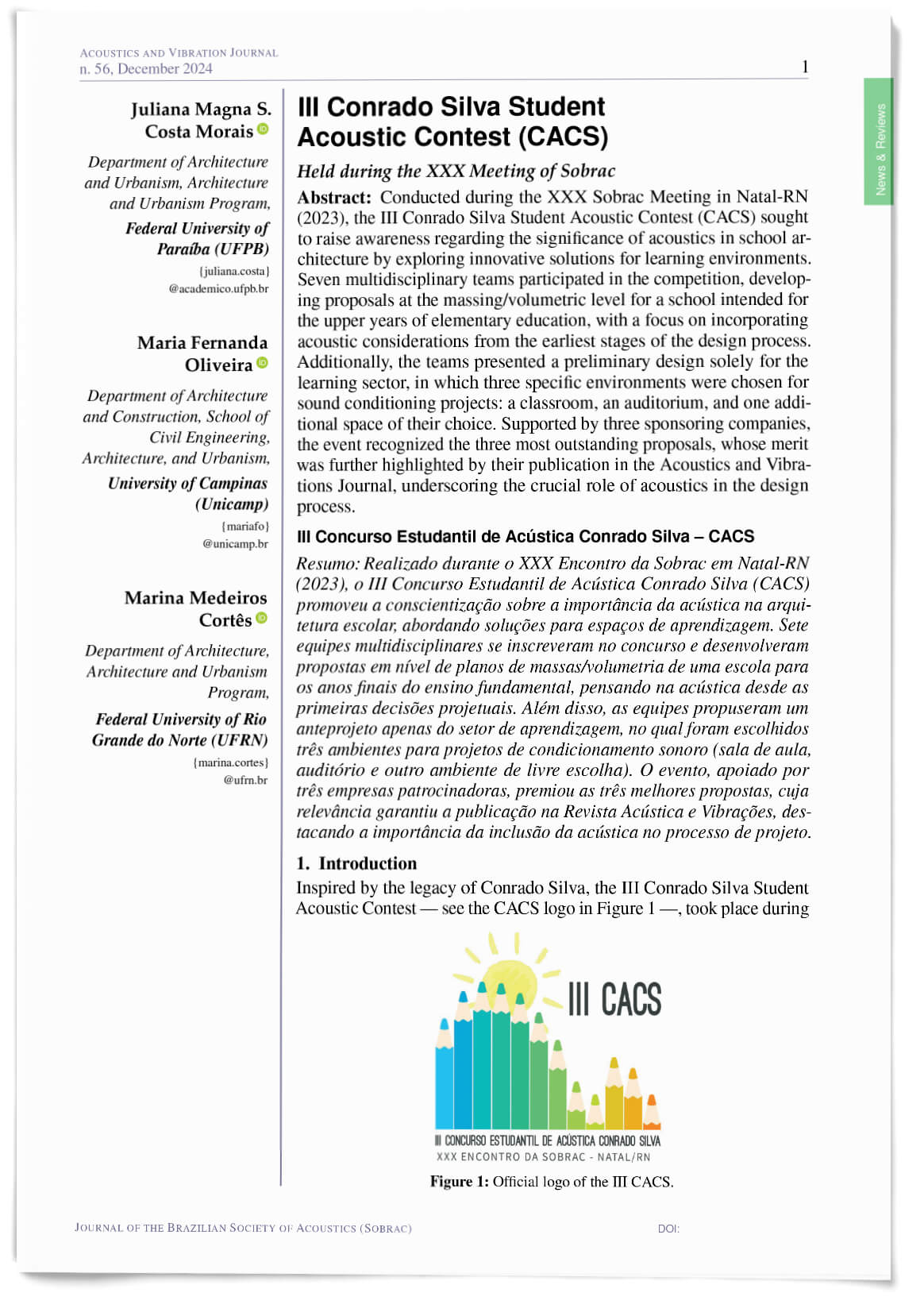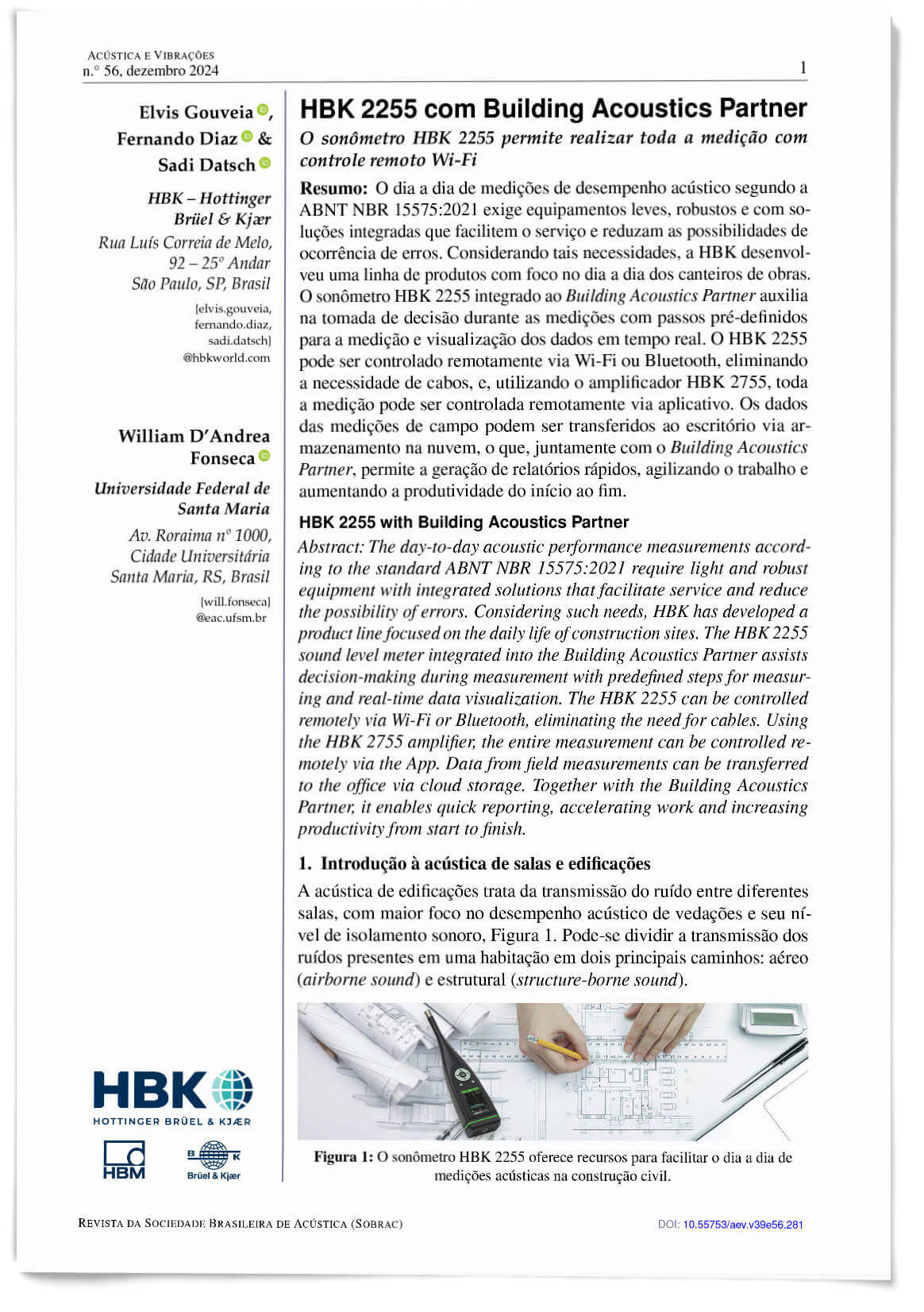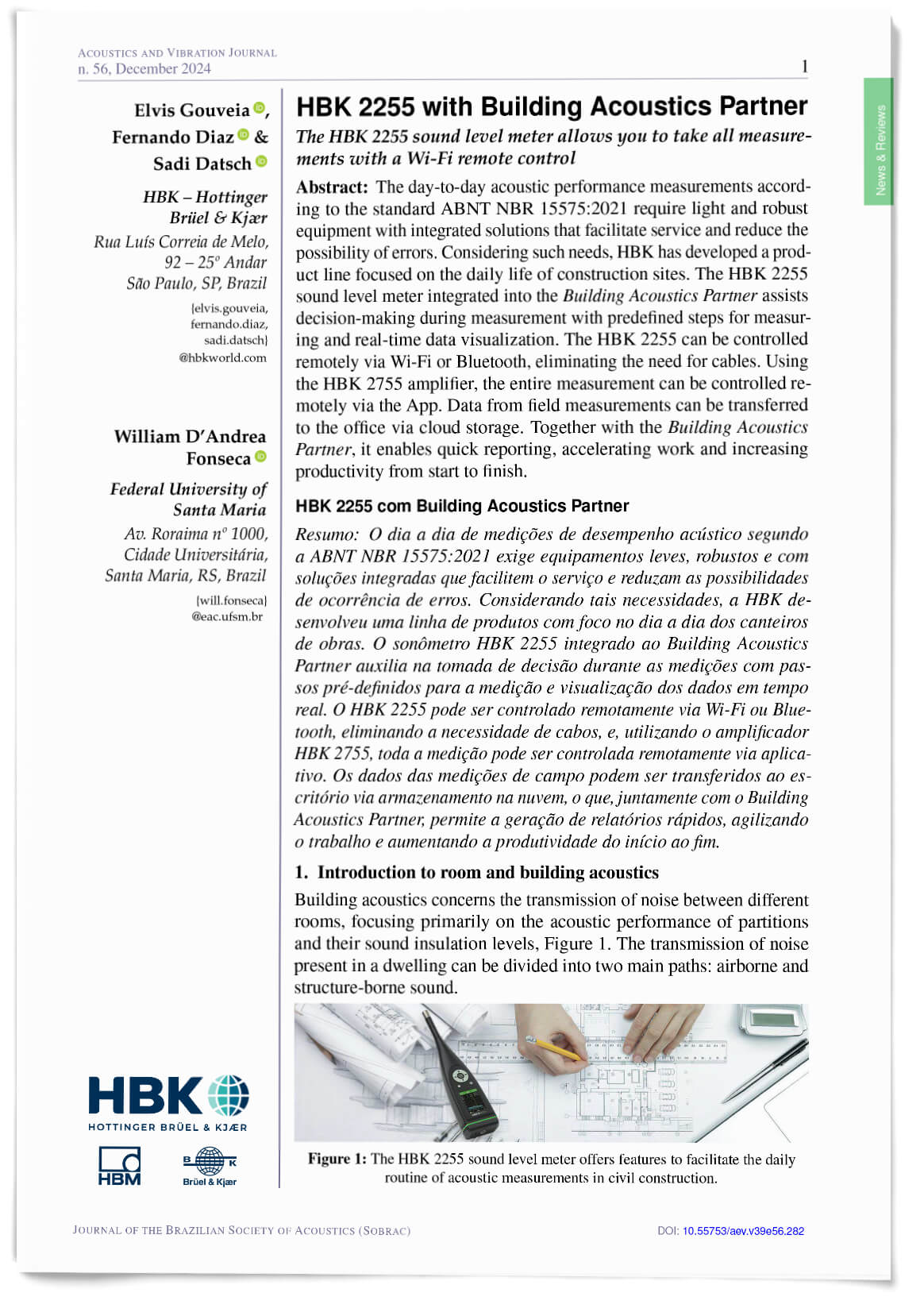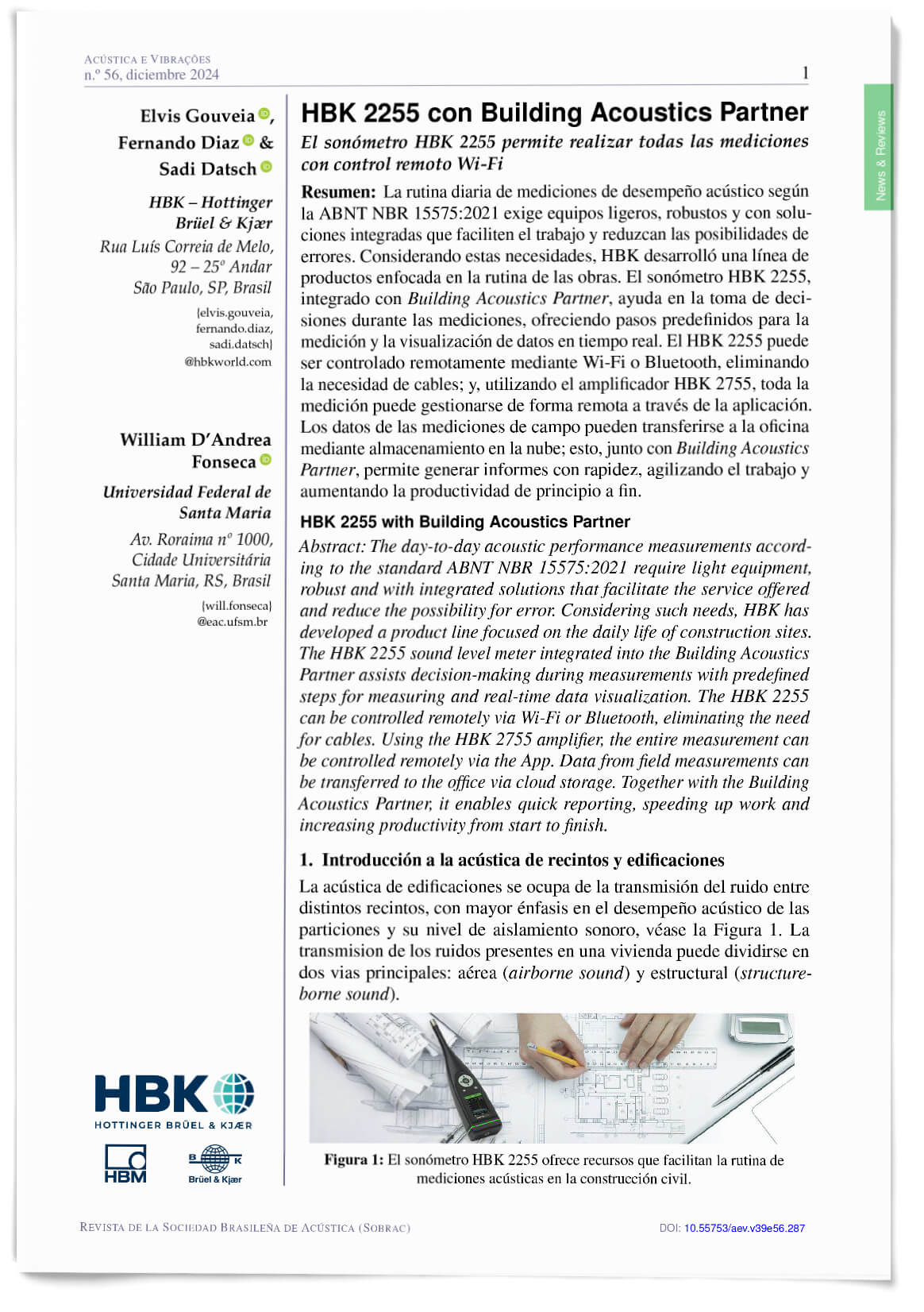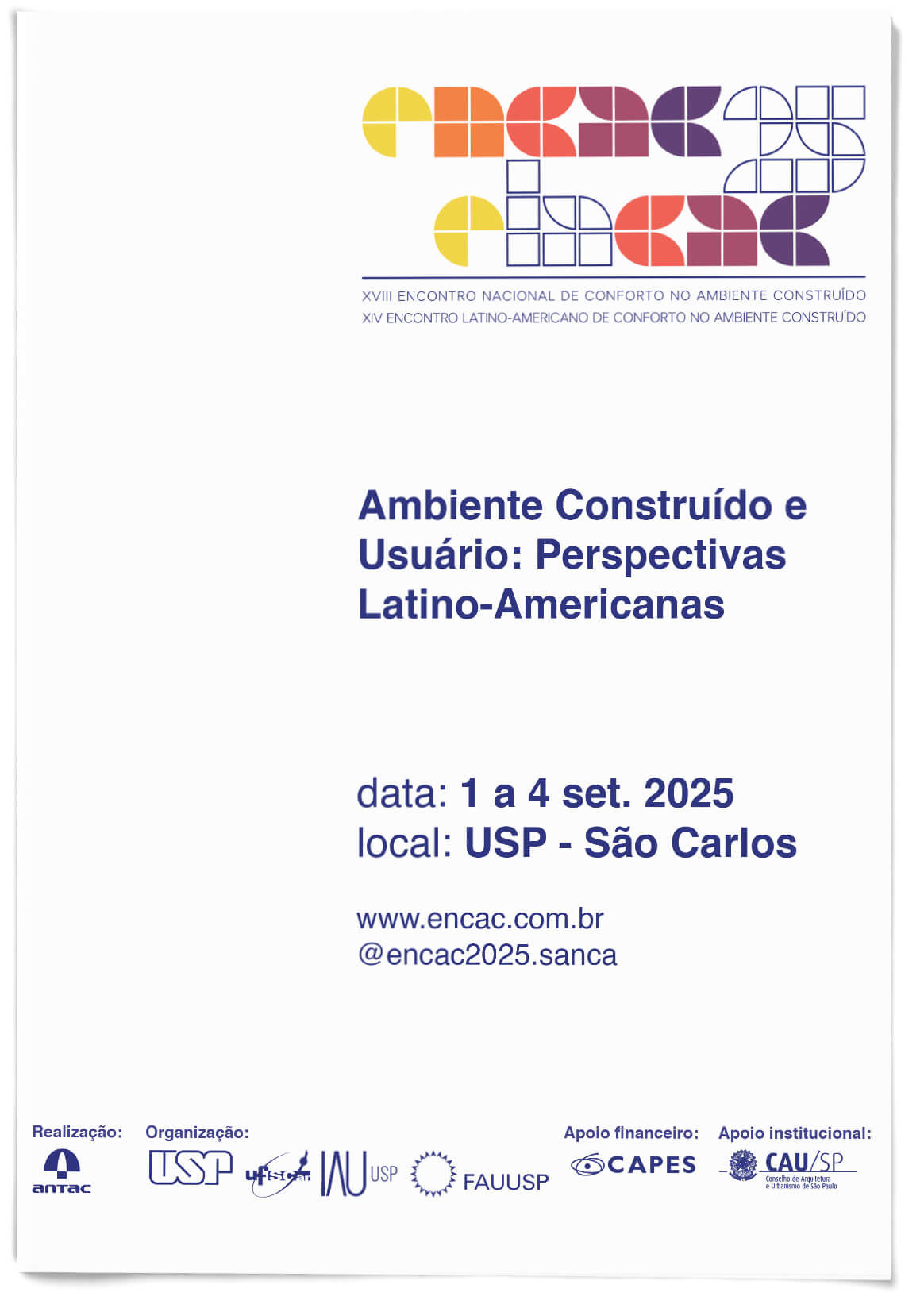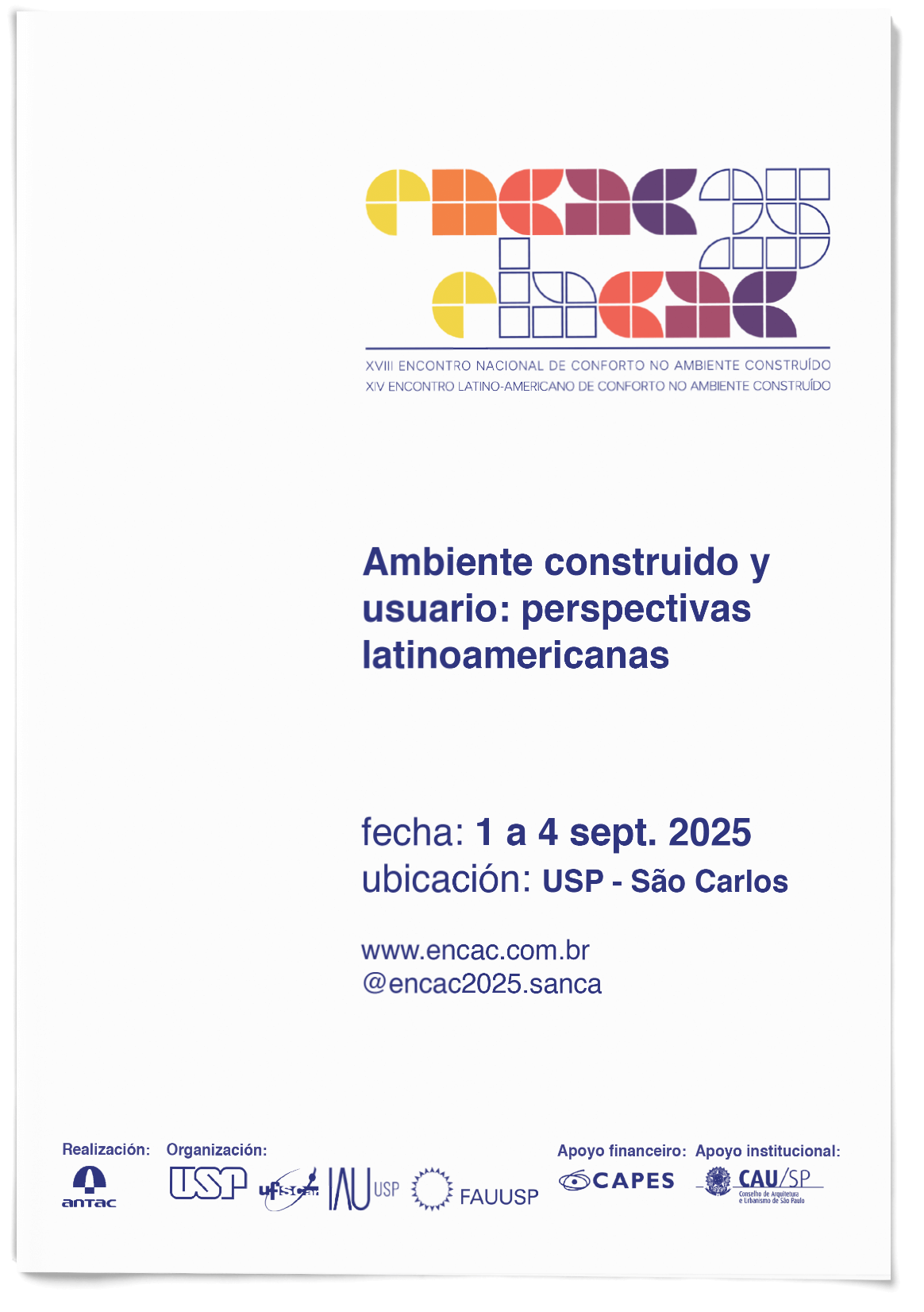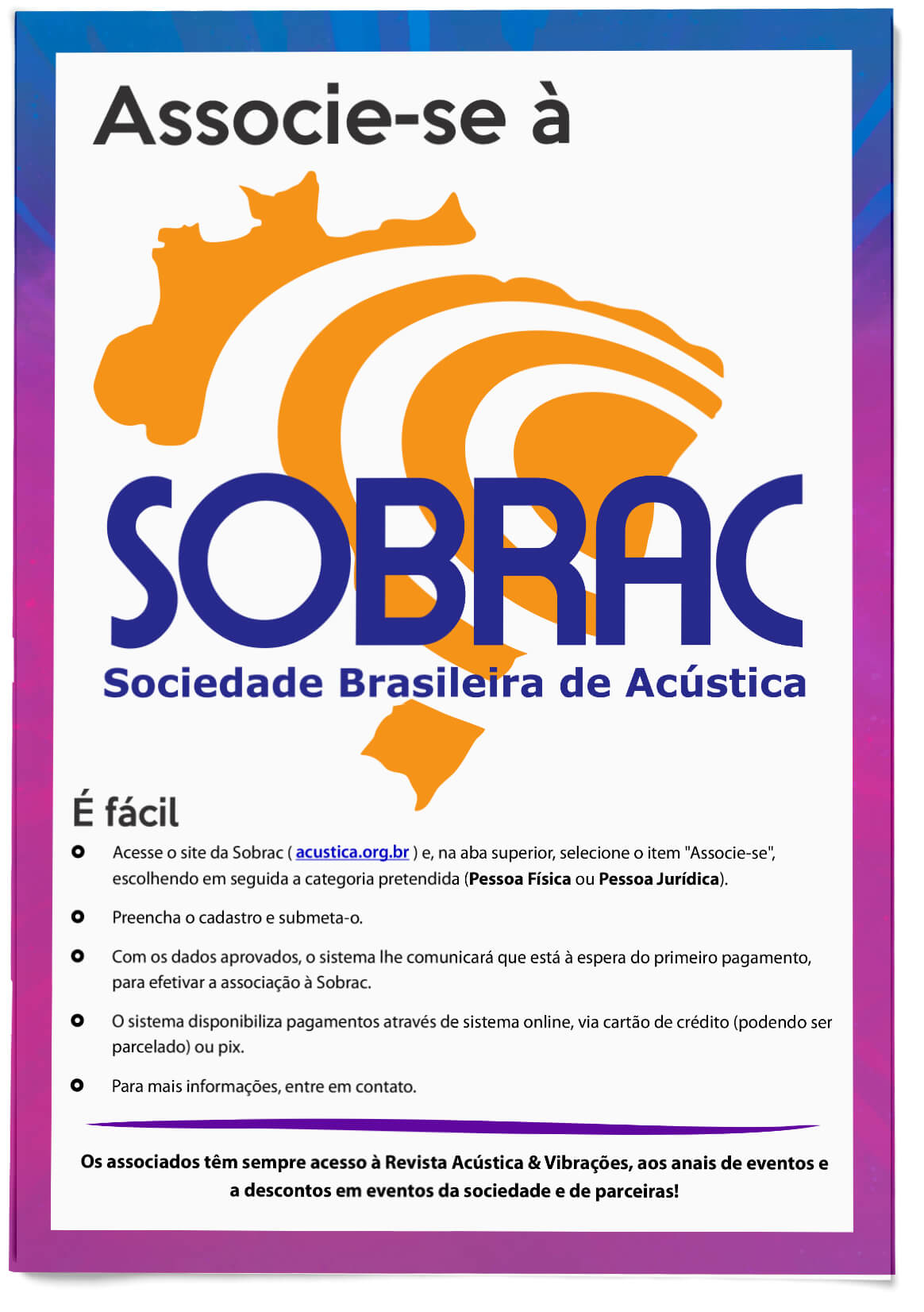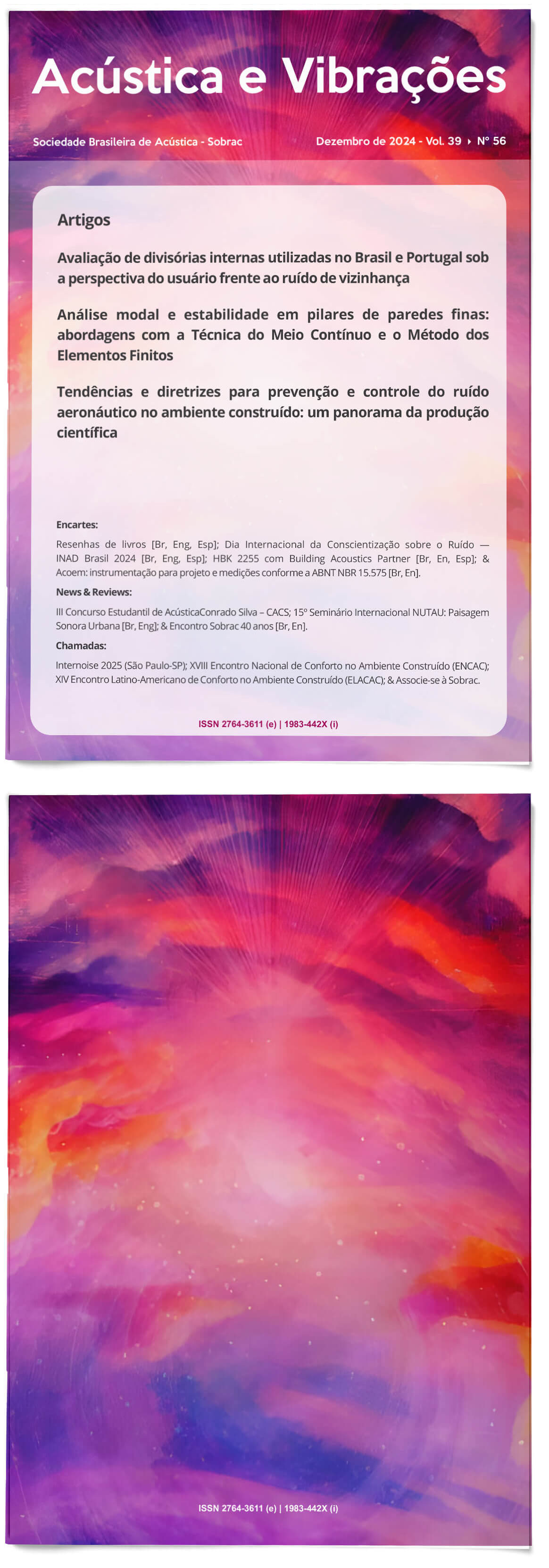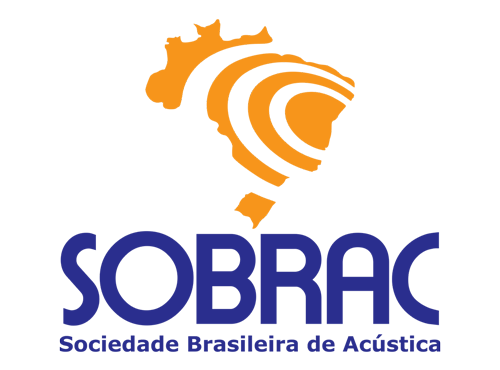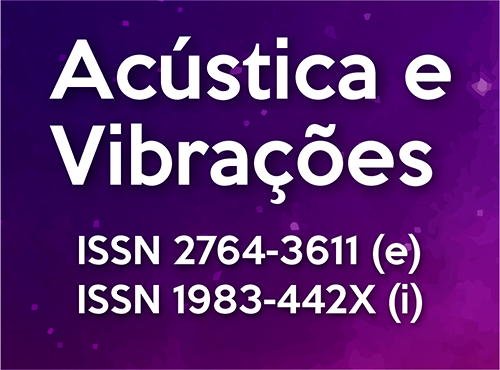
About the Journal
Focus and Scope
Acoustics and Vibrations (Acústica e Vibrações) is the official journal of the Brazilian Society of Acoustics (Sobrac), dedicated to publishing research in the fields of acoustics, vibrations, audio, hearing, and related areas. We cordially invite professionals from diverse backgrounds to contribute their technical-scientific, technical-applied, and literature review papers to enrich the content and impact of the journal.
The journal adheres to high-quality publication policies, employing a rigorous double-blind evaluation system. We welcome article submissions in Portuguese, Spanish, English, or even bilingual formats. Our scientific and editorial committee comprises specialists, including esteemed professors, experts with master's and doctoral degrees, as well as renowned professionals possessing exceptional knowledge in their respective fields.
Periodicity
A&V is published in a single annual volume, featuring either one annual issue or two biannual issues. We accept submissions on a rolling basis throughout the year. Once an article successfully completes the evaluation and review process, it is scheduled for publication in the subsequent issue after final formatting and preparation.
Editorial Board
The editorial board is composed of specialists in the various areas of Acoustics and Vibrations, the complete list can be consulted here.
Open Access Policy
The A&V Journal offers free access to its content (CC BY-NC-SA 4.0), democratizing the path to the scientific knowledge that integrates this journal.
Publication Rules
You can access them in detail at this link.
Editions
The current edition is in this link and the previous editions here.
History of the journal
Acoustics and Vibrations (Acústica e Vibrações) was born in the Brazilian Society of Acoustics (Sobrac) in 1985 (link to the website). Initially, from 85 to 88, it was only a Bulletin for the members of the entity, however, with the growth of the area, in November 1988 it reaches the status of Journal, covering a greater technical-scientific content. Over the years, it has gone through many stages, ending in 2021 with its opening to the community, indexing, and adding the DOI digital identifier.
Contact and Address
They are detailed in this link.
Electronic ISSN 2764-3611
Print ISSN 1983-442X
Current Issue
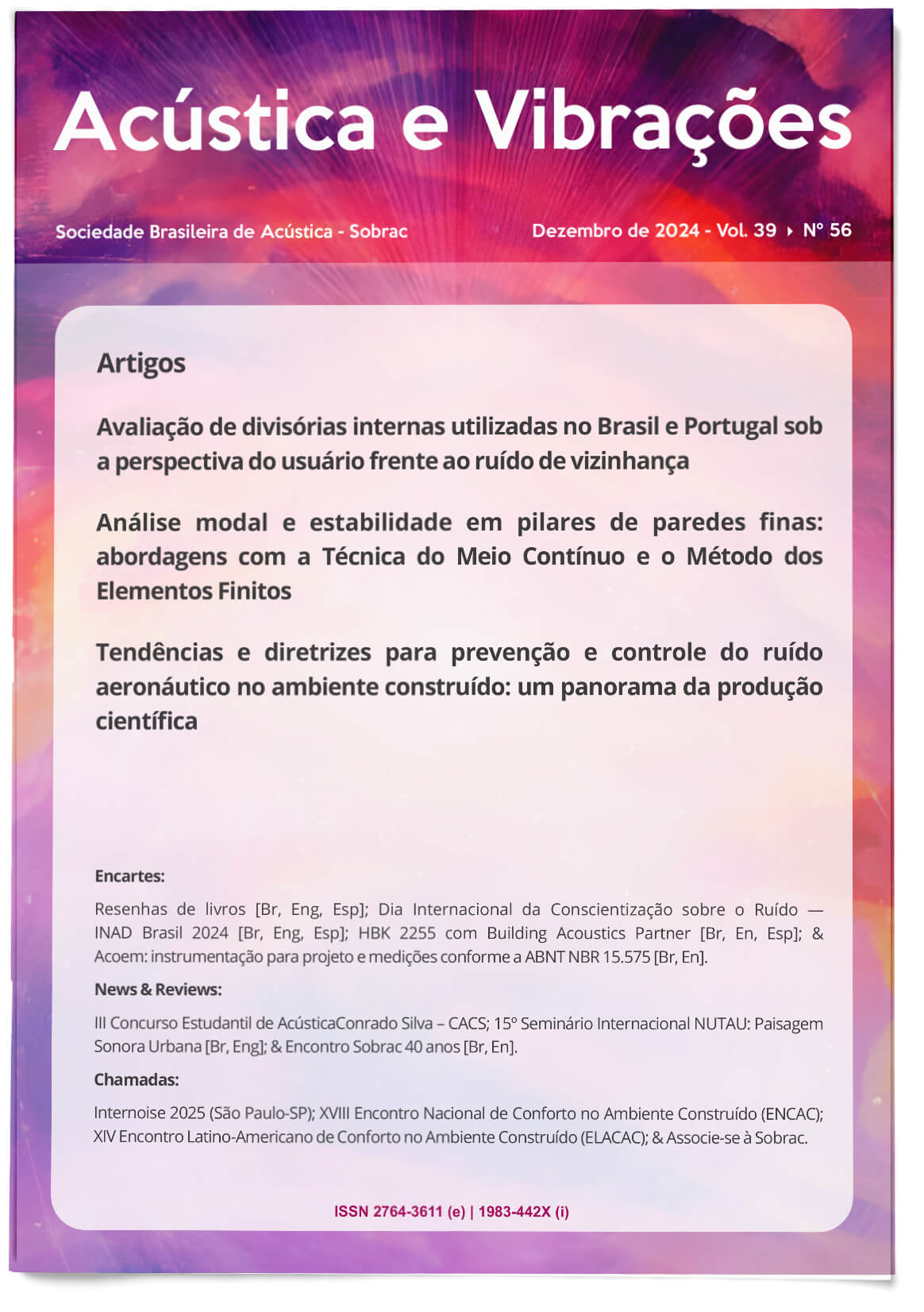
Content Summary:
Articles
- Evaluation of interior partitions used in Brazil and Portugal from the user’s perspective regarding neighbor noise
- Modal analysis and stability in slender wall columns: approaches using the Continuous Medium Technique and the Finite Element Method
- Trends and guidelines for the prevention and control of aircraft noise in the built environment: an overview of scientific production
Inserts
- Book reviews [Br, Eng, Esp]; International Noise Awareness Day — INAD Brazil 2024 [Br, Eng, Esp]; HBK 2255 with Building Acoustics Partner [Br, En, Esp]; & Acoem: instrumentation for design and measurements according to ABNT NBR 15.575 [Br, En].
- News & Reviews: III Student Acoustics Contest - CACS.
Announcements
- Internoise 2025 (São Paulo, SP, Brazil); XVIII National Meeting on Comfort in the Built Environment (ENCAC); XIV Latin American Meeting on Comfort in the Built Environment (ELACAC) and Join Sobrac.
Artigos
Encartes
-
III Conrado Silva Student Acoustic Contest – CACS
Translations of this article: English -
III Conrado Silva Student Acoustic Contest – CACS
This article is a translation in English of the article: III Concurso Estudantil de Acústica Conrado Silva – CACS -
HBK 2255 with Building Acoustics Partner
Translations of this article: English Español (España) -
HBK 2255 with Building Acoustics Partner
This article is a translation in English of the article: HBK 2255 com Building Acoustics Partner -
HBK 2255 con Building Acoustics Partner
This article is a translation in Español (España) of the article: HBK 2255 com Building Acoustics Partner -
XVIII Encuentro Nacional sobre Confort en el Ambiente Construido (ENCAC) y XIV Encuentro Latinoamericano sobre Confort en el Ambiente Construido (ELACAC)
This article is a translation in Español (España) of the article: XVIII Encontro Nacional de Conforto no Ambiente Construído (ENCAC) e XIV Encontro Latino-Americano de Conforto no Ambiente Construído (ELACAC)

